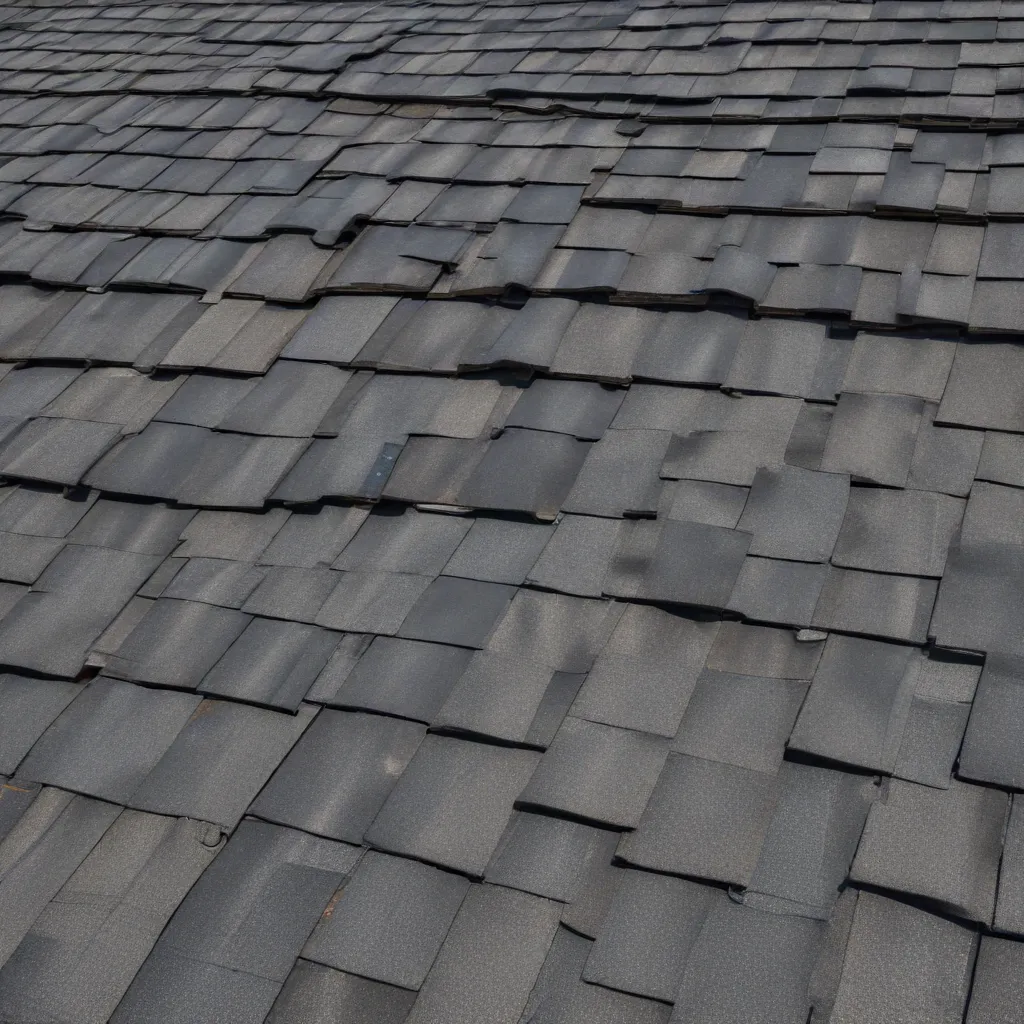
As an experienced roofing specialist, I understand the critical role a home’s roof plays in maintaining energy efficiency and interior comfort. When designing a new roof or upgrading an existing one, there are several key considerations that can significantly impact the overall performance and long-term value of your investment.
Energy-Efficient Roof Materials
The choice of roofing material is a fundamental decision that affects a building’s energy profile. Tile roofing, for example, is renowned for its exceptional thermal mass, allowing it to absorb and slowly release heat, moderating indoor temperatures. Composite shingles, on the other hand, offer improved solar reflectance, deflecting more of the sun’s radiation.
Metal roofs have also gained popularity for their energy-saving potential. Metal’s inherent thermal emissivity allows it to re-radiate absorbed heat, keeping attics and living spaces cooler. When paired with proper underlayment and ventilation, metal roofs can be highly effective at reducing cooling loads.
Ultimately, the optimal roofing material depends on your local climate, personal aesthetic preferences, and budget. By carefully evaluating the unique strengths of tile, composite, and metal options, you can make an informed choice that aligns with your energy efficiency goals.
Insulation Strategies
Adequate insulation is crucial for minimizing heat transfer through the roof assembly. In attic spaces, blown-in loose-fill insulation or batt fiberglass can effectively seal off living areas from the outdoors. For finished attics or cathedral ceilings, consider rigid foam panels or high-density spray foam to eliminate thermal bridging through framing members.
Insulating exterior walls is also essential, especially in older homes. Blown-in cellulose or two-part spray foam can be added without major disruption to the home’s structure. Newer construction techniques, such as structural insulated panels (SIPs) and insulated concrete forms (ICFs), integrate insulation directly into the building envelope for superior thermal performance.
Proper insulation not only reduces energy consumption but also enhances comfort by maintaining a more consistent interior temperature. Combining high-performance roofing materials with optimal insulation is a winning strategy for maximizing energy savings.
Ventilation and Air Circulation
Effective roof ventilation is a critical, yet often overlooked, aspect of energy-efficient design. Adequate airflow through the attic or roof cavity can help mitigate heat buildup, reduce cooling loads, and prevent moisture-related issues.
For pitched roofs, strategically placed ridge vents, soffit vents, and gable vents promote natural convection, drawing hot air out while allowing cooler air to enter. In flat or low-slope roofs, mechanical ventilation systems, such as power attic ventilators, can further enhance air circulation.
Integrating roof ventilation with whole-house air circulation strategies, such as high-efficiency HVAC systems and whole-house fans, can significantly improve the overall comfort and energy efficiency of your home.
Roof Shape and Orientation
The design and orientation of your roof can have a substantial impact on its energy performance. Pitch, slope, and cardinal direction all play a role in maximizing the benefits of passive solar design.
Pitched roofs, for example, can be oriented to optimize solar gain in winter months, while incorporating strategic shading elements to reduce unwanted heat in the summer. Flat roofs, on the other hand, may be better suited for cool roof coatings or green roof systems that provide insulation and evaporative cooling.
Orienting the roof’s longest dimension toward the south (in the Northern Hemisphere) can maximize exposure to the sun’s rays, enhancing the effectiveness of passive solar heating. Careful consideration of local climate patterns and site-specific conditions can help you determine the optimal roof configuration for your home.
Passive Solar Design Principles
Incorporating passive solar design principles into your roof system can yield significant energy savings and enhance overall comfort. By strategically leveraging the sun’s natural energy, you can reduce the reliance on mechanical heating and cooling systems.
Solar absorption and reflection are key factors in passive solar design. Light-colored or “cool” roofing materials can significantly reduce heat absorption, while dark-colored roofs may be better suited for homes that require more passive heating in colder climates.
Thermal mass, such as the concrete or clay tiles used in some roofing systems, can help moderate indoor temperatures by absorbing and slowly releasing heat. Coupled with proper insulation and ventilation, this thermal mass effect can smooth out temperature fluctuations and reduce the need for active HVAC.
Carefully designed roof overhangs, awnings, and shading elements can also play a crucial role in controlling solar gain, allowing for passive cooling in the summer while maximizing warmth during the winter months.
Roof Integration with HVAC Systems
The relationship between your roof design and the efficiency of your home’s heating, ventilation, and air conditioning (HVAC) system is crucial. Optimizing this integration can yield substantial energy savings and enhanced year-round comfort.
Cooling strategies, such as reflective roofing materials and proper attic ventilation, can significantly reduce the cooling load on your HVAC system, resulting in lower energy bills and extended equipment lifespan. Conversely, heating strategies like thermal mass and passive solar gain can minimize the energy required for winter heating.
In addition to material selection and ventilation, the placement and insulation of ductwork can also impact the overall efficiency of your HVAC system. Locating ducts within the conditioned space of your home, rather than in the attic or crawlspace, can improve air distribution and reduce energy losses.
By aligning your roof design with your HVAC system, you can create a synergistic relationship that maximizes the energy-saving potential of your home. Consulting with both roofing and HVAC professionals can help you identify the optimal configuration for your specific needs and climate.
Conclusion
Designing a roof that delivers optimal energy savings and comfort requires a holistic approach that considers a wide range of factors, from material selection and insulation strategies to passive solar principles and HVAC integration. By carefully evaluating these elements, you can create a roof system that not only enhances the aesthetic appeal of your home but also significantly reduces your energy consumption and improves your overall quality of life.
To learn more about Genuine Roof Systems’ innovative roofing solutions and how they can contribute to your energy-efficient home, visit genuineroofsystems.com.

























